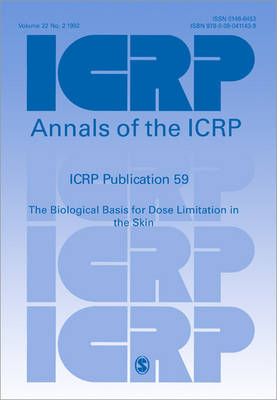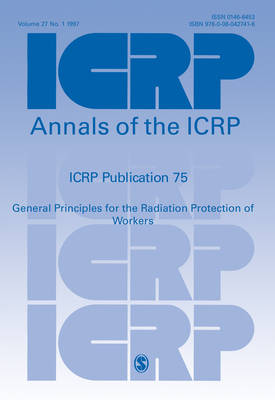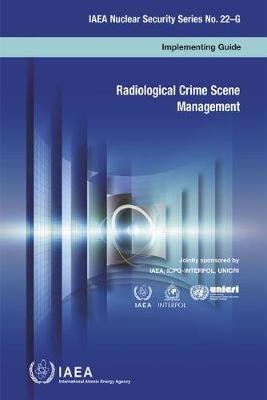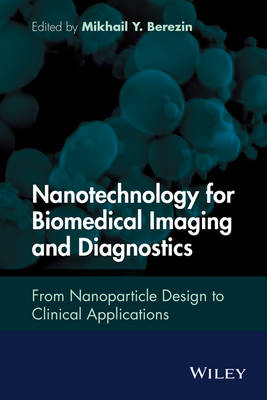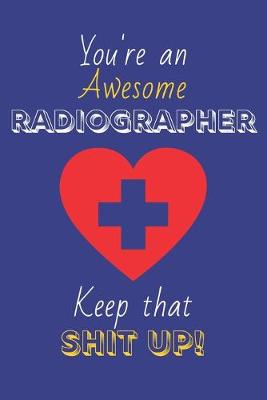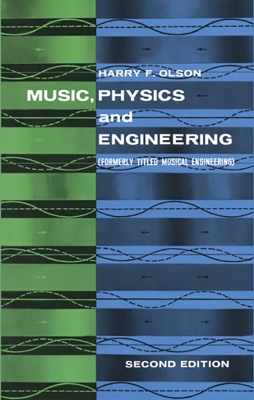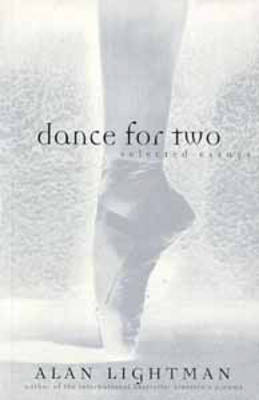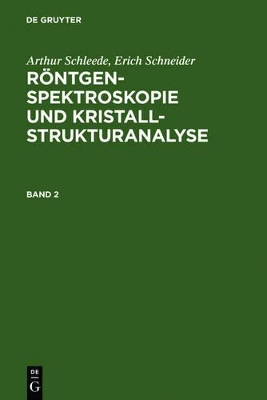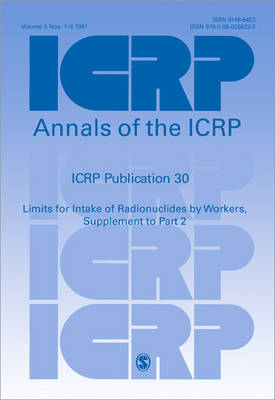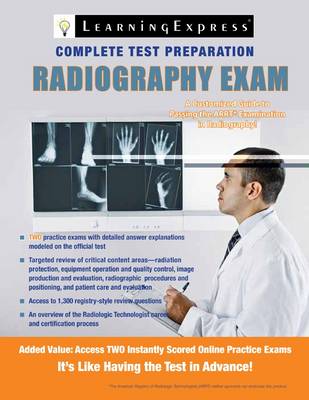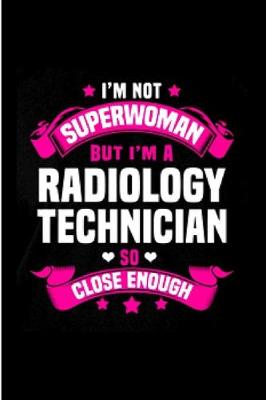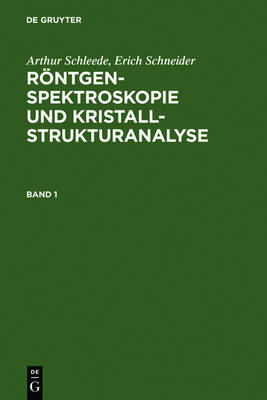Introduction to Radiologic Technology
by Laverne T Gurley and William J Callaway
Despite the increase in data and the understanding of both deterministic effects and cancer induction in the skin in recent years, many questions that are important for risk estimation remain. This report, adopted by the ICRP in November 1991, is the work of a Task Group set up to consider the biological basis for dose limitation in the skin. The Task Group reviewed available dose-effect data for cancer induction and deterministic effects in the skin to estimate for these effects; it reviewed ev...
ICRP Publication 75 reports comprehensively on the principles for the protection of workers from ionising radiation. It develops guidance on the implementation of the principles in the 1990 Recommendations of the ICRP (ICRP Publication 60), including the concepts of constraint and reference levels. The report discusses the management of occupational exposure in normal and emergency situations, in Industrial and medical contexts, and with respect to natural sources of radiation, including radon,...
Radiology Technician Because Surgeons Need Superheroes Too
by Radiologist Publishing
Radiological crime scene management (IAEA nuclear security, 22-G)
Radiological crime scene management is the process used to ensure safe, secure, effective and efficient operations at a crime scene where nuclear or other radioactive materials are known, or suspected, to be present. Managing a radiological crime scene is a key part of responding to a nuclear security event. Evidence collection at radiological crime scenes may share a wide range of characteristics with that at conventional crime scenes, such as evidence search patterns, geographical scene modell...
Nanotechnology for Biomedical Imaging and Diagnostics
by Mikhail Y. Berezin
Nanotechnology for Biomedical Imaging and Diagnostics: From Nanoparticle Design to Clinical Applications reflects upon the increasing role of nanomaterials in biological and medical imaging, presenting a thorough description of current research as well as future directions. With contributions from experts in nanotechnology and imaging from academia, industry, and healthcare, this book provides a comprehensive coverage of the field, ranging from the architectural design of nanomaterials to their...
You're An Awesome Radiographer Keep That Shit Up!
by Creabooks Publishings and 4all Notebooks
This is a collection of essays which display the author's talent for bringing literary and scientific concerns into harmony. These meditations touch upon both the ethereal and the corporeal: the dependence of a ballerina on the laws of physics; the chice every scientist makes between tinkering and theorizing; the unscientific nature of discovery; the mystery of human flight without propellers; and the impulse behind the unprompted smile. In "Dance for Two", Alan Lightman offers readers a look in...
Roentgenspektroskopie und Kristallstrukturanalyse. Band 2
by Arthur Schleede and Dr Erich Schneider
Radiology Technician Caring About What's Inside
by Radiologist Publishing
Essential Molecular Biology: v. 1 (A Practical Approach, #81)
Like most scientific disciplines, the techniques for studying genes and DNA are complicated and difficult for the novice to understand. This book provides an introduction to practical molecular biology and is aimed specifically at students and other research workers who have no prior experience of the subject. In this part of the volume the fundamental techniques for handling and cloning DNA are described, with the emphasis on sound technical instruction, together with theoretical background and...
This supplement gives relevant dosimetric data for radionuclides considered in ICRP Publication Number 30, Part 2.
Laboratory Manual and Workbook in Radiologic Technology
by Charles A. Jacobi and Duane T. Pierce
This is a supplement to the guidance in IAEA Safety standards series GS-G-1.5 "Regulatory control of radiation sources: safety guide" (2005, ISBN 9789201050045)
The Information System on Occupational Exposure in Medicine, Industry and Research (ISEMIR) (IAEA-TECDOC, #1735)
This publication presents the results achieved by the Working Group on Interventional Cardiology (WGIC) in assessing the status of occupational radiation protection in interventional cardiology (IC) throughout the world, and reports on the main activities in developing an international database to be used by IC facilities worldwide as a tool for benchmarking and improving their implementation of occupational radiation protection.
I'm Not superwoman but I'm a radiology technician so close enough
by Iron Press
Arthur Schleede; Erich Schneider: Roentgenspektroskopie Und Kristallstrukturanalyse. Band 1
by Arthur Schleede and Erich Schneider

